La Traviata at the Royal Opera House
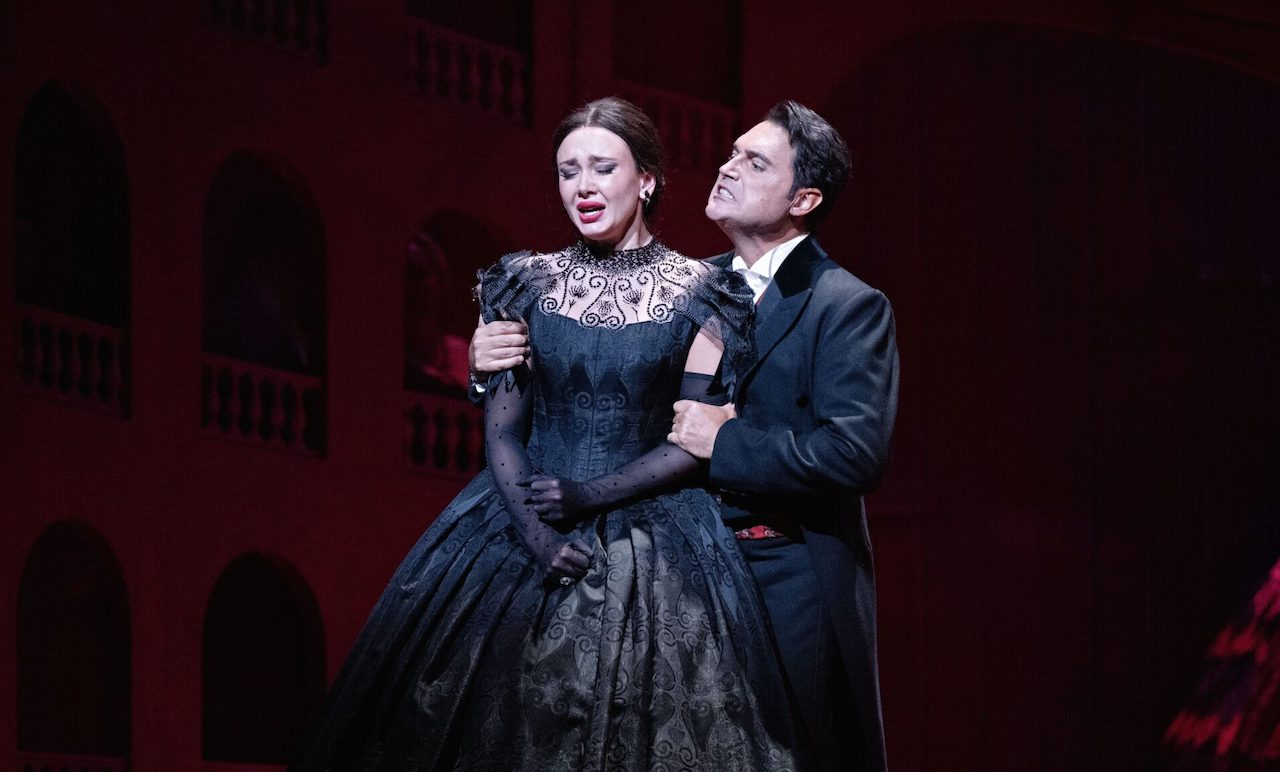
La Traviata remains the epitome of classic opera – set against the opulent backdrop of Belle Époque Paris, the beautiful courtesan, Violetta Valery, falls in love with the young Alfredo. She abandons her glamorous life for him, only to realise she must sacrifice their love to preserve his sister’s marriage, all while slowly succumbing to a fatal illness. The plot is rich with all the hallmarks of opera: passion, betrayal, family and tragedy, woven together through a series of misunderstandings, arguments and public disgrace. By the time Alfredo sees the truth, it’s already too late. Every thread of La Traviata’s story, inspired by Alexandre Dumas’s 1852 play La Dame aux Camélias, epitomises 19th-century romantic drama. From its poignant love story to its heart-wrenching sacrifice, the opera captures the era’s essence, all while opening with one of the most renowned arias ever composed: Libiamo ne’ lieti calici, the quintessential toast to life’s fleeting pleasures.
The challenge of performing La Traviata lies in keeping it engaging for modern audiences. Richard Eyre’s production, now nearly 30 years old, certainly rises to the task brilliantly. Let’s begin with the staging – superb in every sense. The characters move within a lush Parisian Belle Époque setting, dripping in gold and luxury. Act one, staged in Violetta’s opulent home, centres around a glossy, kitschy putto statue, with black-tie guests moving like pawns, gossiping and drinking excessively. Act two bursts with colour and dynamism, transitioning from Violetta’s tranquil country home to a wild gambling party back in the frenetic Parisian social scene. All of this culminates in Violetta’s stark, lonely chamber as she faces her final moments. The set design fluidly transports us across 19th-century France, from the sensual city to the isolated countryside.
Aida Garifullina delivers a stunning performance as Violetta. Though her start is somewhat hesitant, she fully finds her voice by the end of the first act, especially with the virtuosic Sempre libera, where her coloratura brilliance truly shines. Garifullina excels in moments of melancholy, struggling sometimes to fully embody the hedonistic exuberance needed for the party scenes. Nevertheless, her transformation from a fearless, seductive courtesan in act one to a quiet, resigned woman on the verge of death in act three is admirable, with her final moments clinging to her bed particularly poignant.
Francesco Demuro’s Alfredo brings tenderness and charm, with his mellow tenor shining particularly in De’ miei bollenti spiriti. However, his overall performance lacks the vocal strength to leave a lasting impact. George Petean as Alfredo’s father, Giorgio Germont, delivers a rich, emotionally resonant performance. While his act two duet with Violetta felt somewhat disjointed, with both singers seeming disconnected in their shared sorrow, Petean’s warmth shines through by the end, especially in the touching embrace with Violetta as a surrogate daughter.
The second act includes a lively interlude of vibrant “gypsy” dancing, featuring matador performers atop tables and playful mock bullfights. Set against the deep red backdrop of a gambling house, dancers swirl among the singers, fans flutter and the stage pulses with energy.
In the final act, the emotional intensity reaches its peak. Violetta, now a frail, ghostly figure, lies alone with her devoted maid Annina, played with subtle grace by Veena Akama-Makia. Fevered and delirious, she is haunted by visions as the carnival rages outside. This unsettling effect is rendered through a play of light and shadow, with dancers swirling outside her home, their distorted silhouettes looming menacingly on the walls of her room. When Alfredo reunites with her for their final duet, Parigi, o cara, noi lasceremo, a faint glimmer of hope emerges, only to be shattered by the haunting cry of “Gran Dio!… morir sì giovane”.
While Eyre’s production adheres closely to the traditional formula, it delivers exactly what has made La Traviata a beloved classic for generations: a timeless opera that continues to captivate audiences.
Garifullina’s performance here is especially poignant, capturing the fleeting surge of life before her tragic end in Alfredo’s arms.
Constance Ayrton
Photo: Tristram Kenton
La Traviata is at the Royal Opera House until 21st September 2024. For further information or to book visit the theatre’s website here.

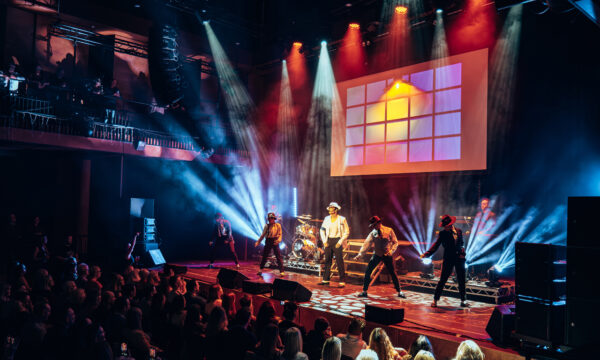
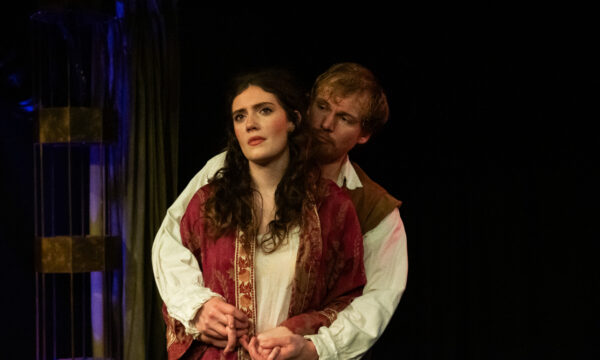
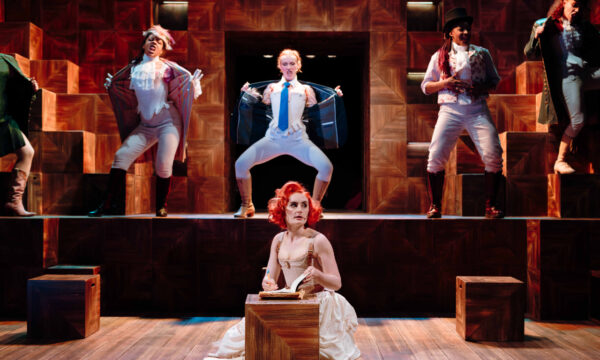
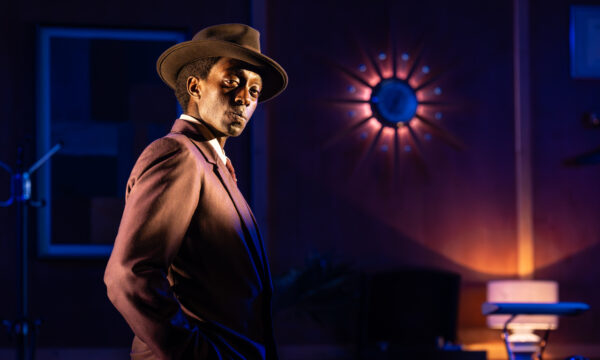
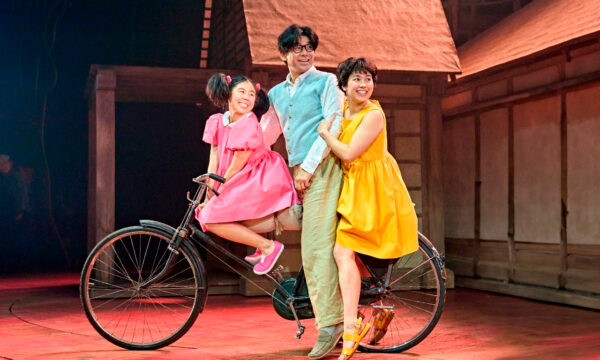

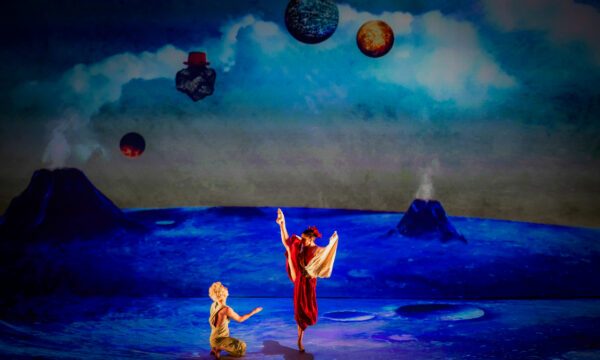
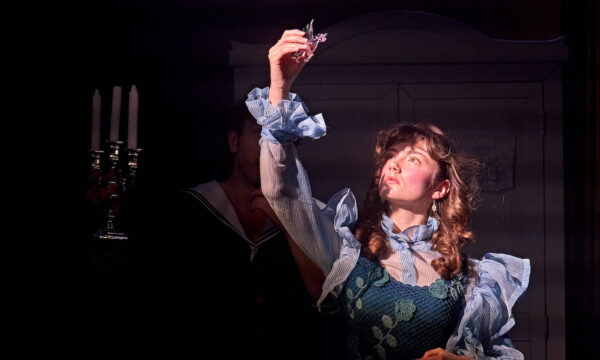
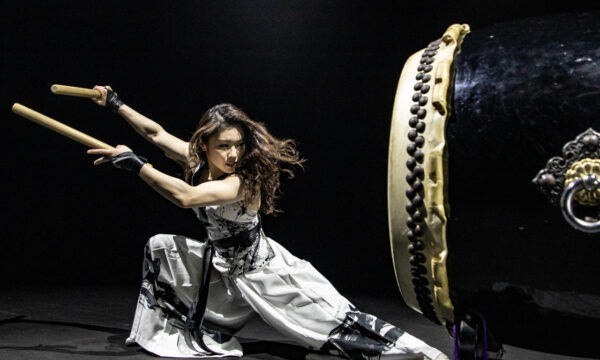


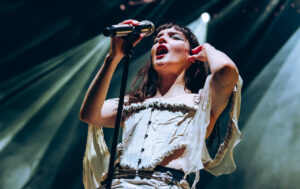

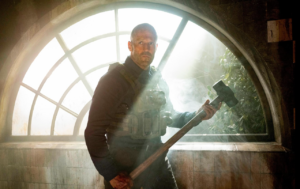






Facebook
Twitter
Instagram
YouTube
RSS